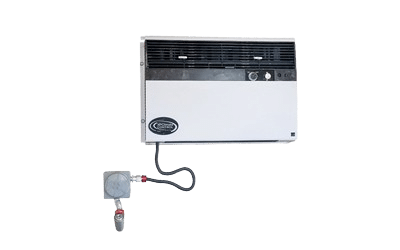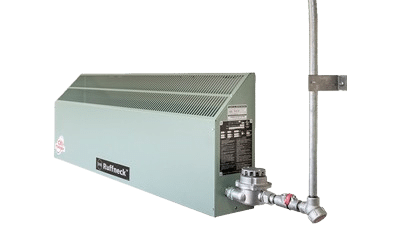Climate Control
U.S. Chemical Storage climate-controlled chemical storage buildings keep chemicals above or below ambient temperature. They are configured to safely store temperature sensitive chemicals, regardless of the temperature range they require.

*Heating and cooling systems
Types of Climate Control Accessories
Cooling Options for Your Storage Building
Our air-conditioned chemical storage buildings allow for optimum temperature control while storing your hazardous materials safely. View Product >Heating Options for Your Storage Building
U.S. Chemical Storage offers a wide variety of heating options for your chemical storage building. View Product >Climate Control Options for Your Storage Building
U.S. Chemical Storage climate-controlled chemical storage buildings keep chemicals above or below ambient temperature. They are configured to safely store temperature sensitive chemicals, regardless of the temperature range they require. Whether storing chemicals at 35°F or above 175°F, our air conditioned, refrigerated, and heated buildings are designed to maintain your chemical’s integrity. Climate control chemical storage units are offered in both explosion proof and non-explosion proof classifications. Each building is insulated to ensure proper function. A key feature of our climate control chemical storage buildings is the single point temperature controllers we offer. We can offer a simple thermostat, or a more robust PID Controller. The simple thermostat will control the heating and cooling units within the range you set. The PID Controller provides the ability to control the temperature range, as well as high/low temperature alarms and even recording capability.
Features & Benefits
- Safe storage of flammables in locations close to existing structures
- Compliant with EPA, OSHA and NFPA requirements
- 100% customizable to meet your specific needs
- 15-year structural warranty
- Modular construction available for larger sizes
Downloadable Information & Fact Sheets
Compliance & Approvals
At U.S. Chemical Storage we strive to give you the best solution for your operations. This building and its accompanying accessories can be engineered to meet the following approvals and certifications based upon your unique set of needs.
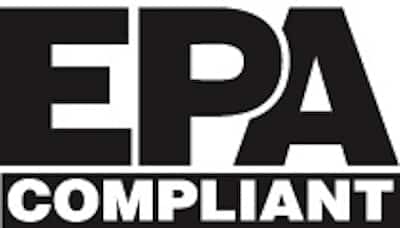
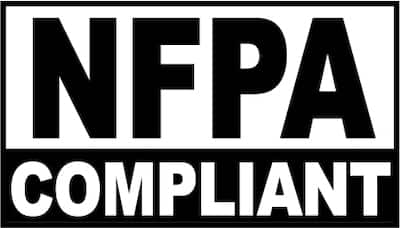



Frequently Asked Questions
First consult the Safety Data Sheet (SDS) to determine the type of chemical you’re storing and any storage requirements listed. There are two main classifications of buildings to consider: fire-rated and non-fire-rated steel buildings.
There are three main questions you should answer before engineering or design can begin on your building: what is to be stored, how much of it is being stored, and where is the location it will be stored? You will also need to consult with your local “Authority Having Jurisdiction” (AHJ) or local code expert to determine your area’s specific storage building requirements.
Our team at U.S. Chemical Storage has a wealth of knowledge, experience, and resources to help analyze your storage needs, but the final approval is made by the local AHJ, so you will need to ultimately ask them about your requirements early in the planning process.
Chemical storage buildings manufactured by U.S. Chemical Storage are designed to get your operation compliant. Contact one of our technical sales engineers to learn how we can find the best solution for your compliance needs. You will also want to learn more about specific chemical storage requirements in your specific area by contacting your local “Authority Having Jurisdiction” (AHJ) who could be a local fire marshal, a municipal code official, or a city environmental department.
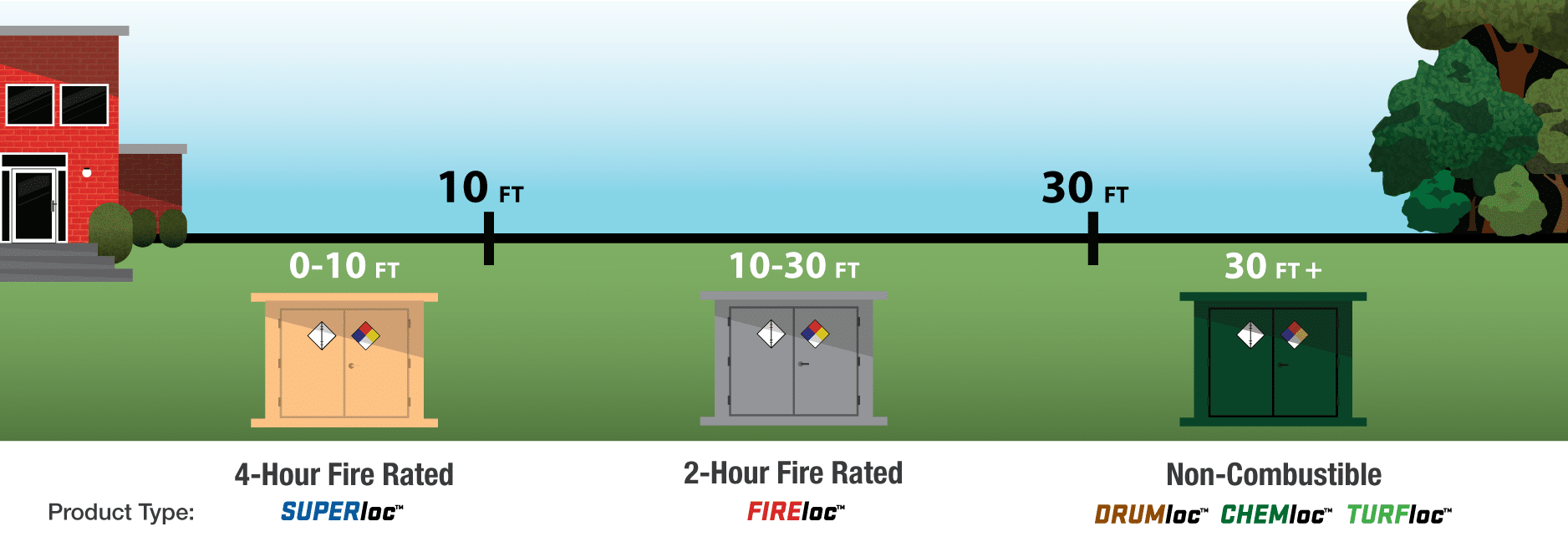
Request a Quote

YOUR PARTNER IN THE PROCESS. EXPERIENCE YOU CAN TRUST.
We deliver the precise building solution with the speed, security, and high quality that you demand.

